Worksheet Solutions: Symmetry - 2 | Worksheets with Solutions for Class 6 PDF Download
Q.1. In the following figures, l is the line of symmetry. Complete the diagram to make it symmetric.

Ans.

Q.2. Draw the line (s) of symmetry for each of the following figures :
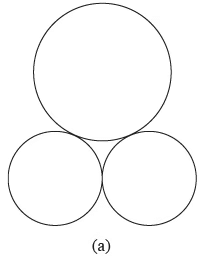

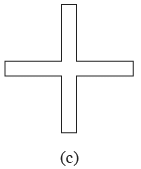
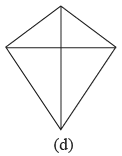
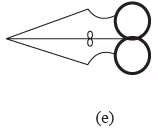
Ans.
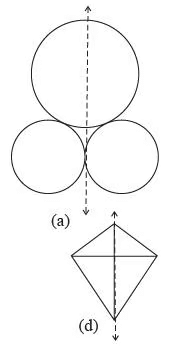
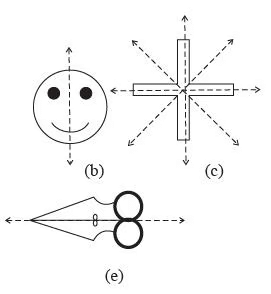
Q.3. Match the following :
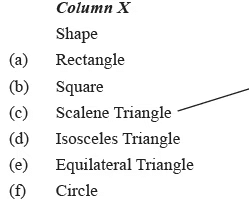
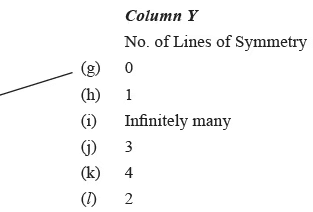
For example : A scalene triangle has no line of symmetry, so (c) is matched with (g).
Ans.
(a) ↔ (l)
(b) ↔ (k)
(c) ↔ (g)
(d) ↔ (h)
(e) ↔ (j)
(f) ↔ (i)
Q.4. Consider the first ten capital letters of English alphabet, list among them the letters which have :
(i) Vertical lines of symmetry (e.g. A)
(ii) Horizontal lines of symmetry (e.g. B)
(iii) No lines of symmetry (e.g. F)
(iv) Both-vertical and horizontal lines of symmetry (e.g. H)
Ans.
(i) A, H, I
(ii) B, C, D, E, H, I
(iii) F, G, J
(iv) H, I
Q.5. State whether the following statements are True or False :
(i) Perpendicular bisector of a line segment is also its line of symmetry.
(ii) Angle bisector of an angle, with equal arms, is also its line of symmetry.
(iii) All the chords of a circle are its lines of symmetry.
(iv) A pentagon can have exactly one line of symmetry.
(v) A regular octagon has 8 lines of symmetry.
(vi) Two diagonals of a rectangle are its lines of symmetry.
(vii) This figure has 4 lines of symmetry.
This figure has 4 lines of symmetry.
Ans.
(i) True
(ii) True
(iii) False
(iv) True
(v) True
(vi) False
(vii) False
FAQs on Worksheet Solutions: Symmetry - 2 - Worksheets with Solutions for Class 6
| 1. What is symmetry in geometry? |  |
| 2. How can we identify line symmetry in shapes? |  |
| 3. What are some examples of rotational symmetry? |  |
| 4. Why is symmetry important in real life? |  |
| 5. How do we solve problems related to symmetry in worksheets? |  |
















